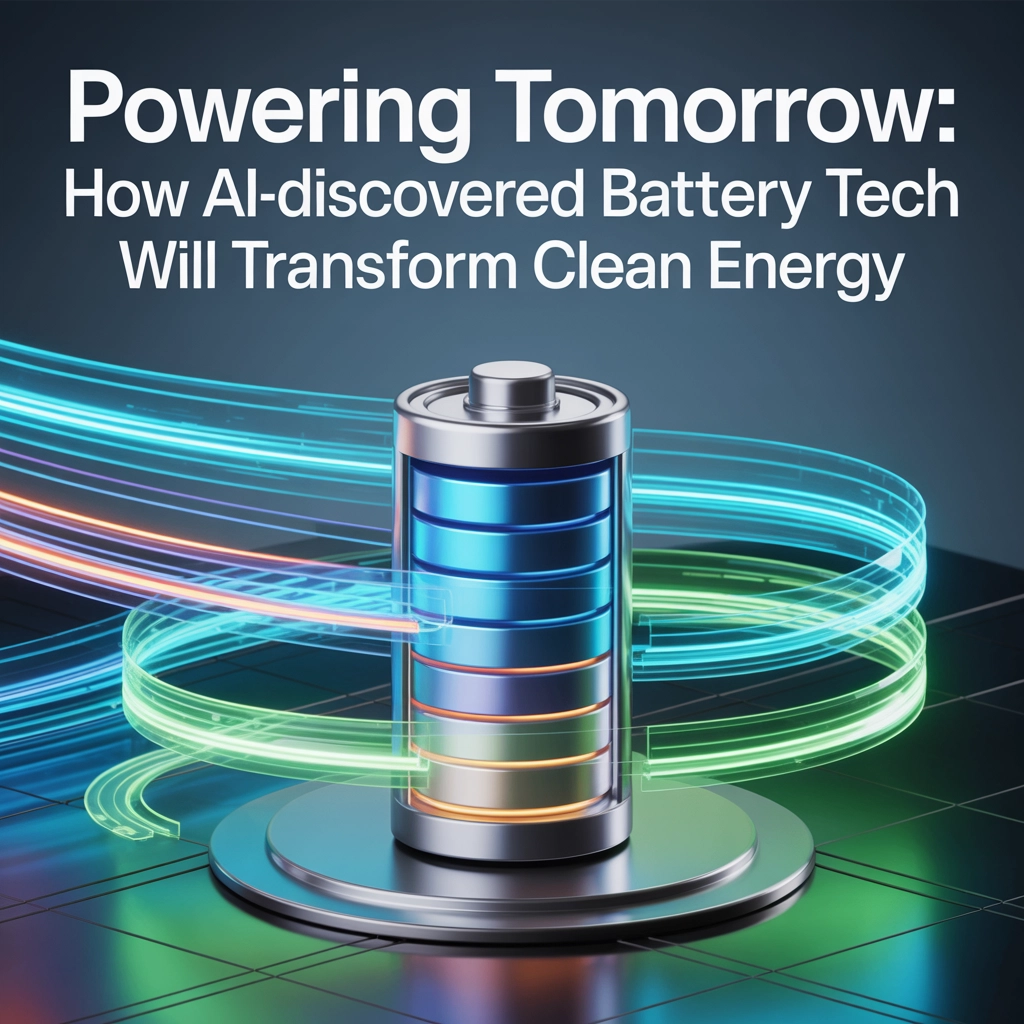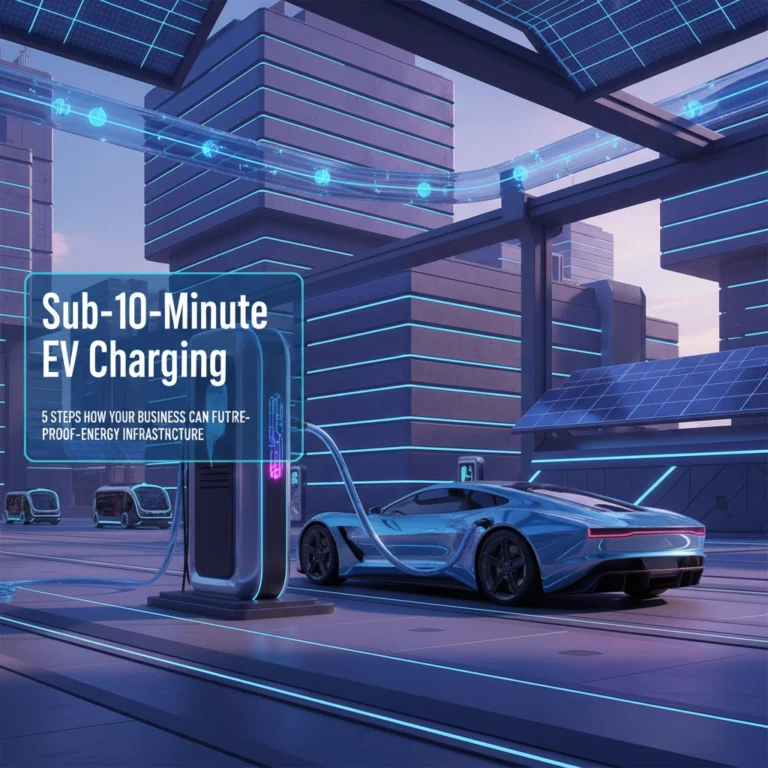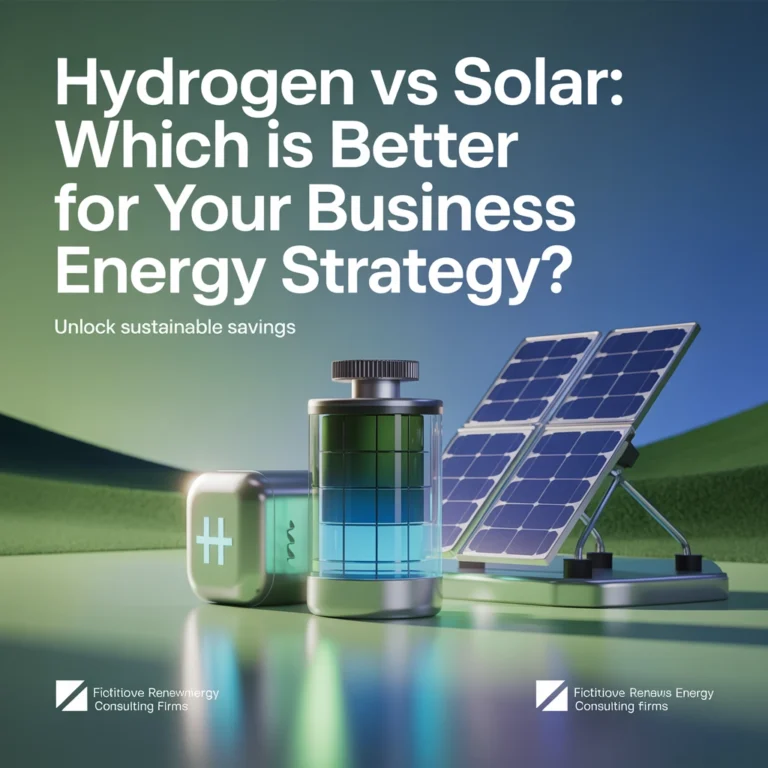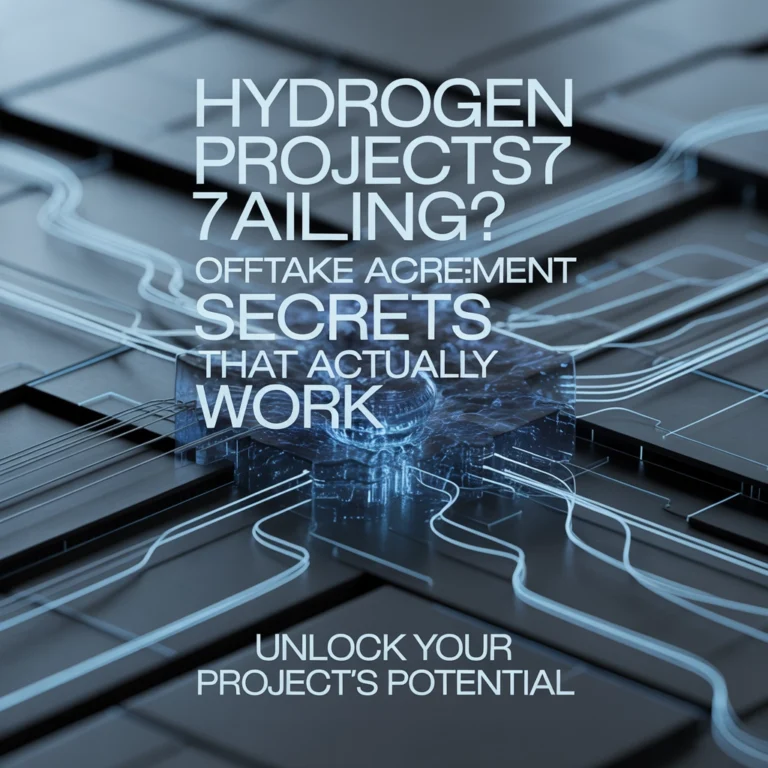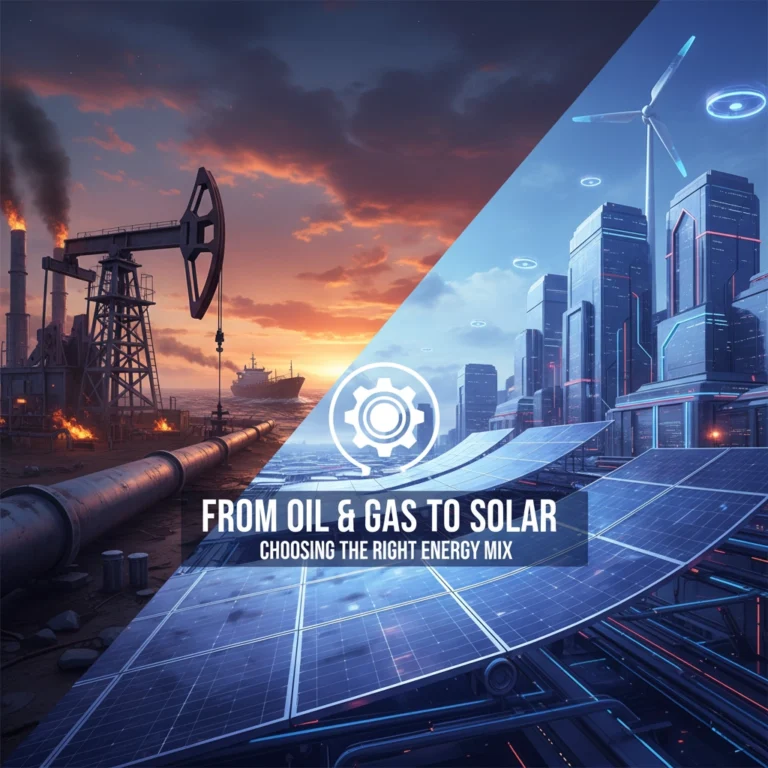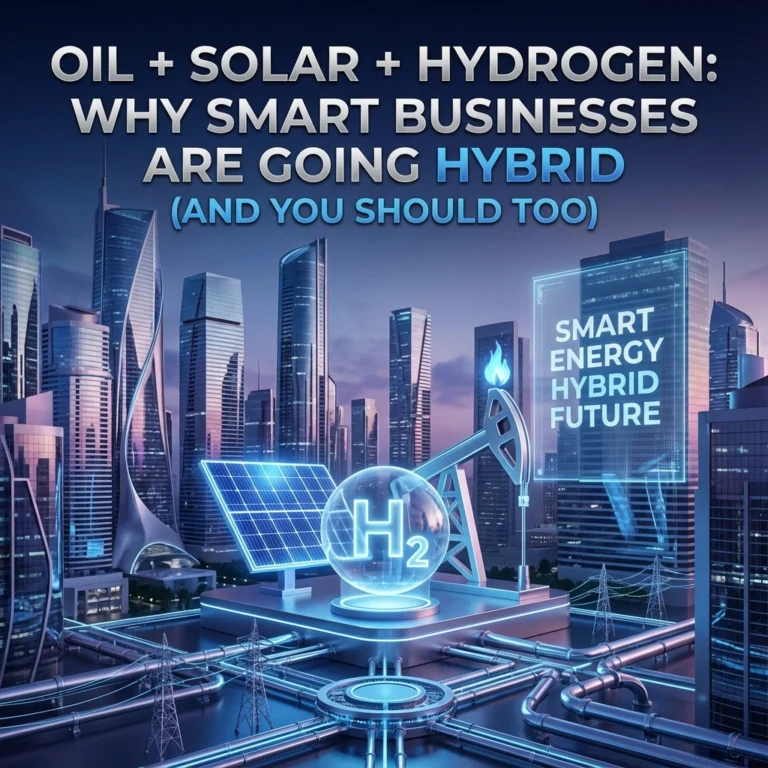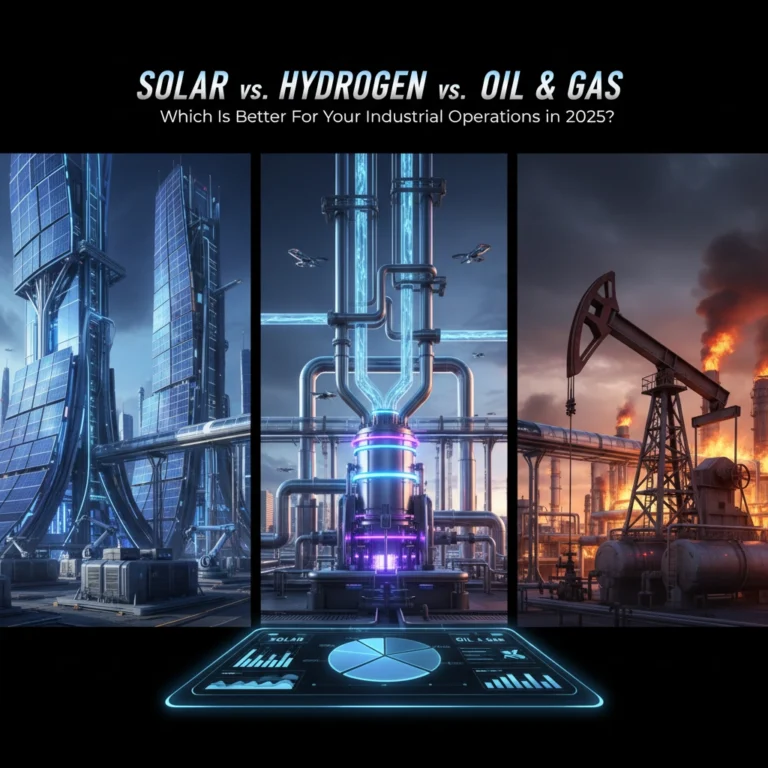Powering Tomorrow: How AI-Discovered Battery Tech Will Transform Clean Energy
The energy world is changing fast, and at the center of that transformation is artificial intelligence. It’s not just about smart thermostats or automating complex power grids. AI is now rapidly accelerating the discovery of entirely new battery materials — and that’s setting the stage for a massive shift in clean energy. So, what’s really happening behind the scenes and why does it matter? Let’s dive into how AI-discovered battery tech is generating the breakthroughs we need for a clean energy future.
AI-Accelerated Material Discovery
Discovering better battery materials used to be a slow slog — mixing ingredients in a lab, running experiments, and hoping for incremental improvements. That method worked for decades, but it’s far from fast. AI is changing the game by enabling scientists to explore and understand thousands (even hundreds of thousands!) of potential material combinations in a fraction of the time.
Case in point: Scientists at Nanyang Technological University in Singapore and Huaiyin Normal University in China put AI to work on a huge challenge—zinc-ion batteries, which have big potential for safe and inexpensive storage, suffer from “dendrite growth.” These tiny, sharp spikes can cause batteries to fail or even catch fire. Using AI, the researchers tested more than 168,000 combinations of materials virtually before homing in on a winner: a special “metal-organic framework” made from cerium and iron, which stops dangerous dendrites from forming. The result? A battery that lasts longer and works more safely[1].
But that’s just the start. At the University of Bayreuth and Hong Kong University of Science and Technology, researchers created a multi-agent AI network for battery design — basically, an algorithmic brainstorming session that generates and tests potential materials at superhuman speed[5]. Instead of waiting years for lab results, the system pumps out proposals for new, potentially game-changing battery chemistries in weeks or even days.
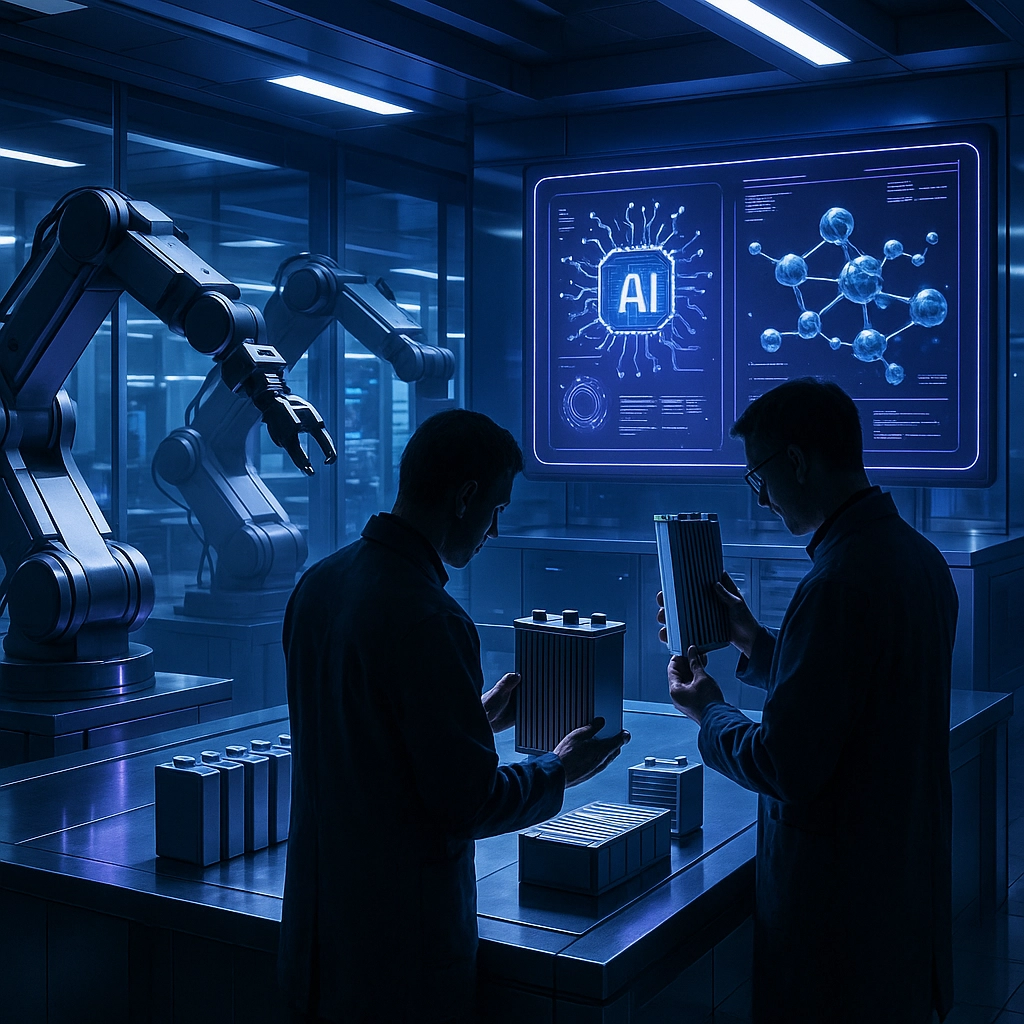
Revolutionary Battery Diagnostics and Management
Battery breakthroughs aren’t just about what’s inside the cell — they’re about how we manage that power, too. Enter AI-powered diagnostics and battery management systems (BMS), which shift from “good guesswork” to real, data-driven precision.
Today, smart algorithms analyze the tidal wave of information that batteries kick out in use: temperature, voltage, internal resistance, charging rates, and more. With this data and a little machine learning magic, AI can:
- Detect performance drops or faults before they become a problem
- Forecast battery health and lifespan, so companies can do preventive maintenance instead of emergency swaps
- Optimize charging and discharging cycles to maximize each battery’s useful life and efficiency
Unlike old-school approaches that needed regular recalibration, the latest AI-tech blends real-world battery science (“physics-informed learning”) with pattern recognition, making it possible to monitor batteries in real-time without the guesswork[2]. The numbers don’t lie — some AI-optimized batteries have logged over 1,400 charge cycles while holding almost 100% efficiency, and have been tested non-stop for more than 4,300 hours[1]. That’s not just good for your phone or car; it’s crucial for grid-scale storage and renewables, where downtime simply isn’t an option.
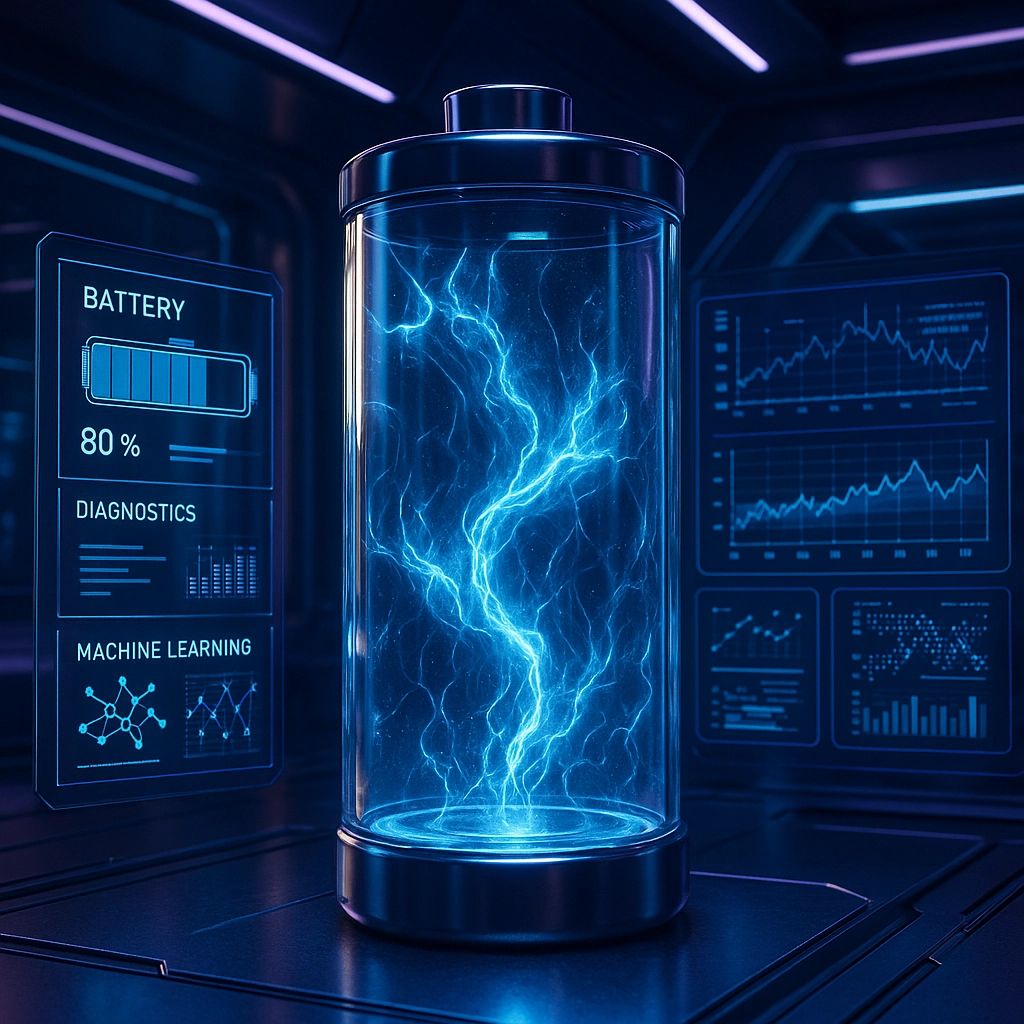
Next-Generation Battery Chemistries
Lithium-ion batteries have fueled the modern energy revolution, but they come with baggage: limited supply, price swings, and environmental challenges from mining and disposal. Scientists are using AI to crack open the search for new kinds of batteries — and that’s where things get really interesting.
- Zinc-ion batteries: With no “dendrite drama,” cheaper materials, and non-flammable chemistry, zinc-ion batteries could be the answer for cost-effective, safe storage[1].
- Magnesium and beyond: Labs like the New Jersey Institute of Technology are using AI to discover porous solid materials that can host magnesium or other multi-valent ions, offering cheaper, more sustainable alternatives to lithium[3].
- Fast screening, smarter design: In the old days, it could take years to screen a new chemistry — now, AI tools can predict key properties and eliminate dead ends before anyone even puts on a lab coat.
The upshot? We’ll see batteries that are greener, safer, and far easier to produce at scale. And as the supply chain distances itself from rare or hard-to-source materials, the risks of bottlenecks and price shocks drop, too.
Clean Energy Transformation Impact
All this breakthroughs stack up to something big for clean energy. Here’s how AI-powered batteries are poised to shake things up:
- More affordable solar and wind: The holy grail for renewables is reliable, around-the-clock power. With better, longer-lasting batteries that don’t break the bank, storing solar energy from a bright afternoon or wind from a breezy night is more than a dream — it’s becoming the new normal. That means fewer blackouts, less need for fossil backup, and real progress toward decarbonizing the grid. (Want to see how we’re making this happen at MWEnergy? Check out our latest solar and hydrogen solutions.)
- Faster, wider EV adoption: Next-gen batteries mean cars that charge quicker, go further, and aren’t as finicky about temperature swings. AI-guided chemistries could make electric vehicles more affordable, safer, and even lighter — pushing mass adoption over the finish line.
- Safer, more resilient infrastructure: From mobile phone towers to data centers, AI-managed batteries reduce the chances of catastrophic failure and improve grid reliability for critical services.
- Lower environmental impact: Using more abundant, less toxic, and more recyclable materials leads to cleaner batteries, which means a true clean energy system from extraction to end of life.
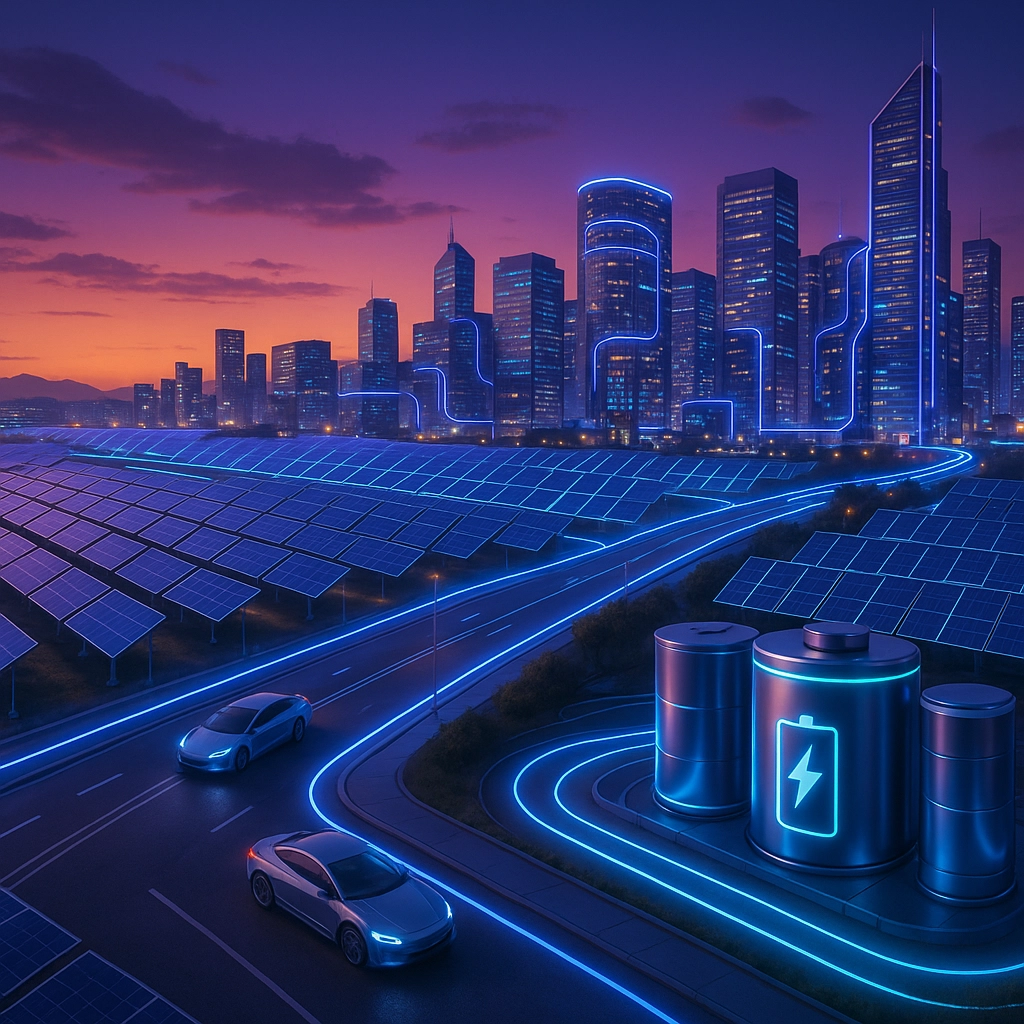
Future Technological Horizons
The horizon for AI in battery tech keeps moving out — in the best way. Here’s what’s coming up next:
- Explainable AI (XAI): As machine learning gets more advanced, one challenge is—can we trust the answers if we can’t see how it got there? New “explainable” AI systems will help scientists, engineers, and regulators understand why a particular material or process was chosen, easing concerns and accelerating safety approvals[2].
- Digital twins & simulation: Virtual twins of real batteries, powered by cloud computing, can simulate a decade of wear and tear in days. That means better forecasts, faster engineering cycles, and fewer nasty surprises in the field.
- Lifelong learning systems: Imagine batteries that not only monitor themselves, but adapt their operation as they learn from actual use in the field. With built-in feedback loops, tomorrow’s batteries will keep getting better, safer, and more efficient over time.
AI in battery technology isn’t hype anymore — it’s here, it’s real, and it’s unlocking a new era for clean energy. At MWEnergy, we’re committed to staying at the forefront of this revolution. Pioneering AI-driven solutions in energy storage today means powering a cleaner, more resilient tomorrow.
Curious how you can adopt the next wave of energy innovation? Reach out to us at MWEnergy and let’s build the future together.

